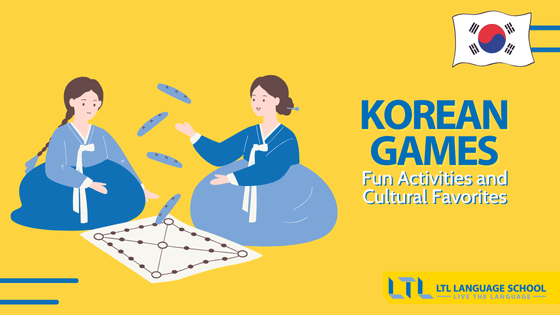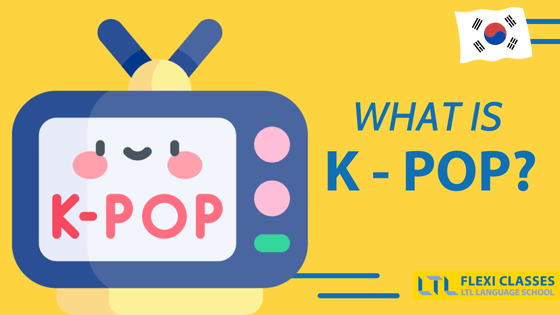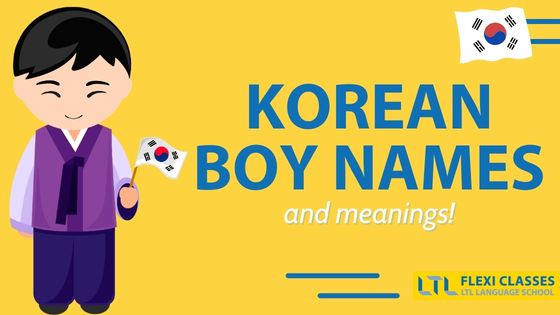KOREAN BLOG
Annyeonghaseyo! Welcome to our Korean language blog, where we’re all about diving into the exciting world of learning Korean!
-
What is KakaoTalk? How to Use Korea’s #1 Messaging App
Your Guide to KakaoTalk PLUS Useful Korean Vocabulary for the App In today’s digital age, messaging apps have become a crucial part of our […]
-
How to Say GoodBye in Korean // Informal to Formal Phrases
Cherish Every GoodbyeDiscover How to Bid Farewell in Korean! 👋Saying goodbye in Korean isn’t so simple. In English, the word goodbye could be used […]
-
Korean Games: From Childhood Challenges to Drinking Games
Discover Popular Korean Games, From Classics to Modern Favorites, like the APT. Drinking Game! Learning about Korean games gives a unique insight into traditional […]
-
Hanbok // The Complete Guide to the Traditional Korean Clothing
Hanbok is a traditional Korean clothing. Koreans wear it on important days, such as Seollal or weddings. Check out this article to know more about it.
-
What is Aegyo? Understanding the Charm of Korean Cuteness
Aegyo 😚 The Art of Cuteness in Korean Culture Korean culture is renowned for its unique blend of tradition and modernity, and one of […]
-
How Hard Is It To Learn Korean? Here’s What You Need to Know
Learning Korean – Is It Really That Hard? Learning a new language is always exciting, but mastering it could be difficult. And there’s no […]
-
The Korean Flag // Symbolism and Significance Explained
The Spirit of Korea: Discover the Meaning Behind the Korean Flag! 🇰🇷 A national flag is a fascinating topic to explore, as it embodies […]
-
What is K-Pop? (케이팝) // The Korean Music Sensation Explained
Everything You Need to Know to Understand Kpop (케이팝)! 💭 If you are here wanting to learn Korean, you most definitely will have heard […]
-
White Day in Korea: Gifts, Traditions & Useful Korean Vocabulary
Celebrate White Day – Share Sweet Affection and Love in Korean Style! 💖 We all know Valentine’s Day is a celebration of love. But […]
-
Top Korean Boy Names: Meaning, Order and Pronunciation
Explore Unique Heritage – Discover the Meaning Behind Korean Boy Names! ✨ Our names are such an important part of our identity. After all, […]
-
The Best Way to Learn Korean || The REAL Answer
Unlock Your Language PotentialDiscover the Best Ways to Learn Korean Effortlessly! Korean culture became very popular since the beginning of (hallyu) which literally translates […]
-
How to Say Yes in Korean: A Beginner’s Guide
Embrace the Power of Agreement: Discover How to Say Yes in Korean! ☑️ YES is a simple word that can answer so many questions. […]
-
Korean Slang // 25 Super Slang Terms You Must Learn (for 2025)
Ready to learn the most up to date Korean slang being used? This is the Korean slang that you will hear on the street or whilst watching K-Dramas and Movies
-
How to Ask “How Are You?” in Korean and How To Answer
From Formal to Casual: Here are the Top Ways to Ask “How Are You?” in Korean There are many different ways to ask “How […]
-
Traditional Korean Dress: Your Guide to Hanbok
Hanbok Vocabulary, Variations and… Free Entry to Attractions When You Wear One in Korea?! Every country has its traditional costume that represents the country. […]
























